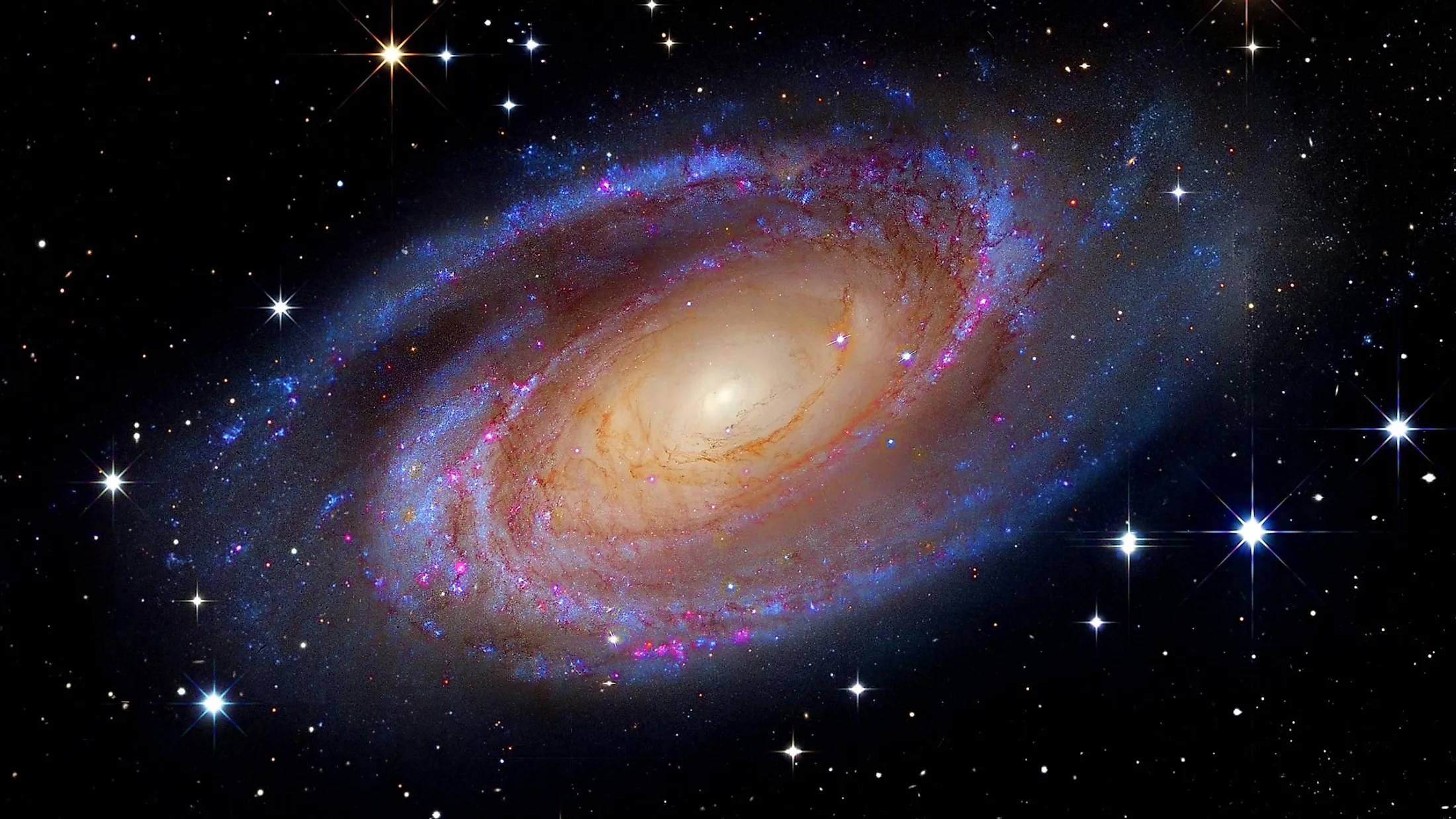traveling back 34 million years to a land that time forgot – ancient Antarctica. As you emerge, you find yourself not in the frigid, ice-blanketed terrain we know today, but in a lush, temperate landscape crisscrossed by mighty rivers. This is the remarkable revelation uncovered by a global team of earth scientists who have discovered compelling evidence of an ancient, expansive river network that once traversed the Antarctic continent.

This groundbreaking discovery, published in the journal Nature, is reshaping our understanding of Antarctica’s past and providing a glimpse into a previously unknown era of Earth’s history. Today, Antarctica is synonymous with a harsh, frozen environment, home to hardy penguin colonies and a hub for scientific exploration. However, this new finding suggests a dramatically different prehistoric landscape, one that has been hidden beneath the ice for millions of years.
“The existence of such a transcontinental river system shows that – unlike today – large parts of West Antarctica must have been located above sea level as extensive, flat coastal plains,” explains Professor Cornelia Spiegel from the University of Bremen. This statement paints a vivid picture of an Antarctica that once resembled the lush landscapes of the Amazon basin or the Mississippi delta, teeming with life and activity.
To fully comprehend how Antarctica harbored such an enormous river system, we must journey back in time almost 100 million years, to a period when the continent was not the isolated landmass we are familiar with today. Back then, Antarctica was the centerpiece of a supercontinent known as Gondwana. As Gondwana gradually split apart, Antarctica began its voyage towards the south, yet despite its polar positioning, the continent nurtured a temperate climate for millions of years, allowing for the formation of these prolific river systems.
The latest discovery suggests that the largest of these river systems stretched over 1,500 kilometers across the continent – roughly equivalent to the distance from New York to Dallas. The key to unlocking the mysteries of Antarctica’s past lies in the analysis of sediment samples collected during an expedition on the research icebreaker Polarstern. By examining the mineral and rock fragments in these sediments, researchers were able to determine that most of the material originated not from West Antarctica, but from the distant Transantarctic Mountains.
The Transantarctic Mountains play a pivotal role in this geological narrative. These mountains have been rising since the late Eocene epoch, about 34 million years ago, thereby dividing the Antarctic continent into eastern and western regions. As these mountains ascended, they underwent erosion, leading to the genesis of a vast sediment reserve, which was then transported across the continent by the river system and deposited in the current-day Amundsen Sea.


